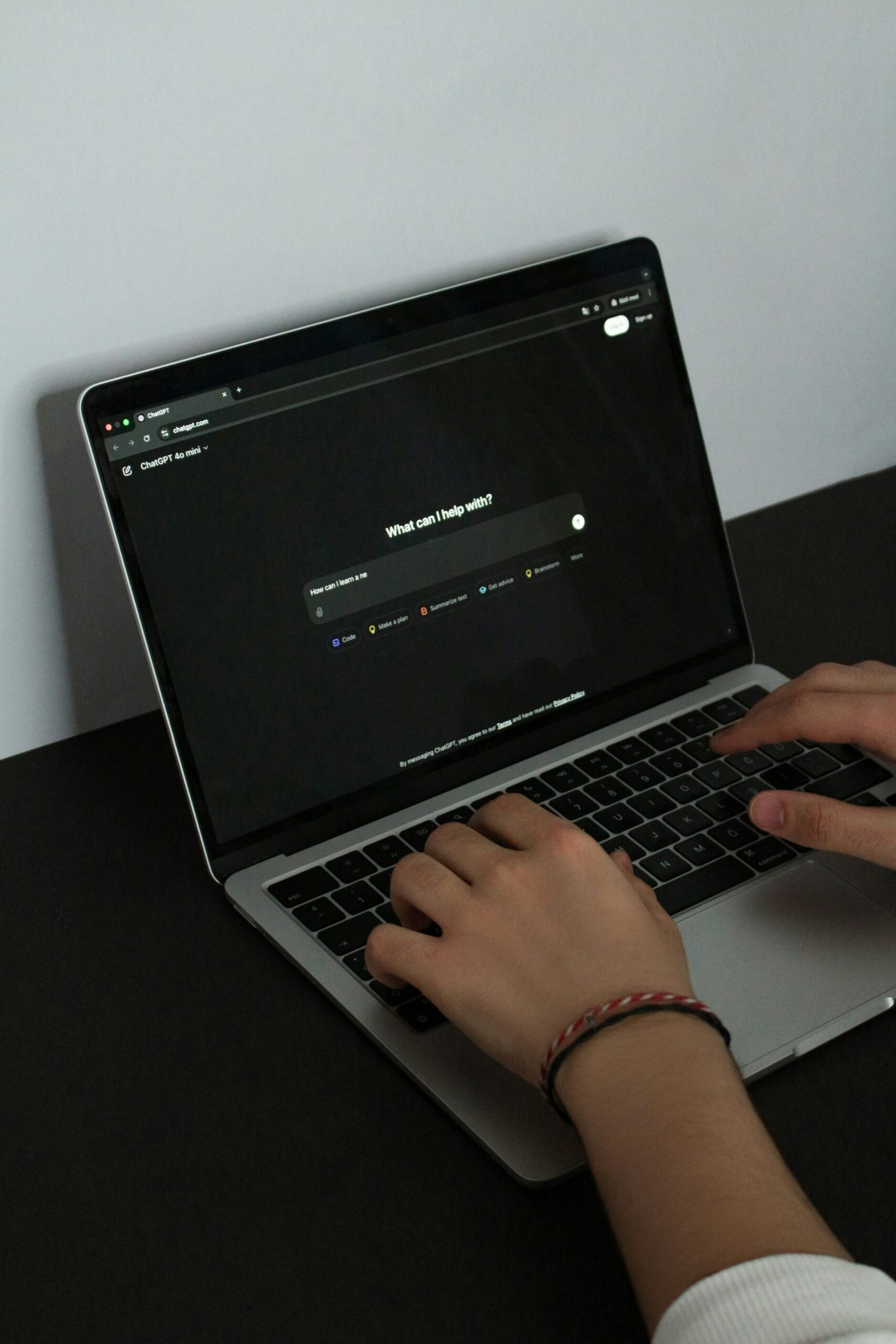Whether you’re a camping enthusiast, a boating aficionado, or just love a good DIY project, knowing how to tie a reliable knot is essential. One knot you may not be familiar with is the *crock knot*. It’s simple yet versatile, and once you’ve mastered it, you’ll find many practical uses for it in your everyday life.
In this guide, we’ll dive into everything you need to know about the crock knot, including how to tie it, where it’s useful, and some common FAQs. Let’s get started!
What Is a Crock Knot?
The crock knot is a type of stopper knot used primarily to prevent a rope from slipping through a hole or loop. It’s perfect for situations where you need to secure something firmly and ensure that it won’t move, such as tying down a load, securing a boat, or even setting up a tent. The crock knot is often compared to a figure-eight knot but has its unique advantages due to its simplicity and effectiveness.
Why Learn the Crock Knot?
The great thing about learning the crock knot is that it’s straightforward and can be tied in just a few seconds. Once tied, it holds firm under pressure and doesn’t easily come undone. Plus, unlike some other knots, it doesn’t require extensive practice to master, making it a go-to for both beginners and experts alike.
By learning the crock knot, you’ll have a simple and effective knot in your toolbox that you can rely on in various situations. It’s also great for those who enjoy being outdoors and need a quick, secure solution to common problems like securing gear or tying things down.
How to Tie a Crock Knot: Step-by-Step Guide
Let’s break down the process into simple steps, so you can try it yourself.
1. Start with a Loop
Grab the end of the rope and form a small loop. Make sure to leave enough length on the working end (the short end) to complete the knot.
2. Thread the End Through the Loop
Take the working end of the rope and thread it through the loop you just made.
3. Wrap Around
Now, wrap the working end around the standing end (the long part of the rope) at least once or twice to create a snug knot.
4. Pull Tight
Finally, pull on both ends of the rope to tighten the knot. The crock knot should hold securely once you’ve pulled it tight.
And that’s it! You’ve tied a crock knot. Pretty simple, right?
Where Can You Use the Crock Knot?
The crock knot has several practical applications that make it a handy skill to have. Here are some of the most common uses:
Camping
When camping, a crock knot can be used to secure tents, tarps, or even food bags to keep animals away. It’s a great knot for situations where you need to rely on strong, stable support.
Boating
In boating, crock knots are often used to secure boats to docks or moorings. They provide a stable grip, ensuring your boat stays put.
DIY Projects
If you’re into crafting or DIY home projects, a crock knot can help with everything from securing materials to tying things in place while you work.
Climbing
Though less common in professional climbing circles, a crock knot can still be used in less critical situations where you need a reliable stopper.
Tips for Tying the Perfect Crock Knot
•Practice Makes Perfect: Don’t be discouraged if your first few tries don’t look perfect. Like any knot, practice will help you improve.
•Use the Right Rope: The crock knot works best with thicker ropes that hold their shape well. Thin ropes can be more slippery and may require extra wraps for security.
•Check for Tension: Always check the knot after tying it to ensure it’s secure. Give it a firm pull to make sure it doesn’t slip or come undone.
FAQs About the Crock Knot
1. How strong is a crock knot?
A crock knot is very strong and holds well under tension. It’s great for situations where you need to stop a rope from passing through a hole or loop, as it won’t easily slip.
2. Can I use the crock knot for climbing?
While the crock knot is strong, it’s not typically used in critical climbing situations. For climbing, it’s better to use more specialized knots like the figure-eight knot or the double bowline.
3. Is the crock knot easy to untie?
Yes, despite its strength, the crock knot can be easily untied by pulling on the working end. It won’t bind or jam like some other knots, making it convenient for temporary situations.
4. What type of rope works best for a crock knot?
A medium to thick rope works best for a crock knot, as it holds the shape and tension better. Thin ropes may require more wraps or adjustments to stay secure.
Conclusion
The crock knot is a simple yet effective knot that everyone should have in their skill set. Whether you’re an outdoor adventurer, a DIY enthusiast, or just someone looking to expand their knot-tying knowledge, learning the crock knot can come in handy. It’s easy to tie, strong, and can be applied in a variety of situations. With this guide, you should now feel confident in your ability to tie the crock knot and put it to use when needed!










